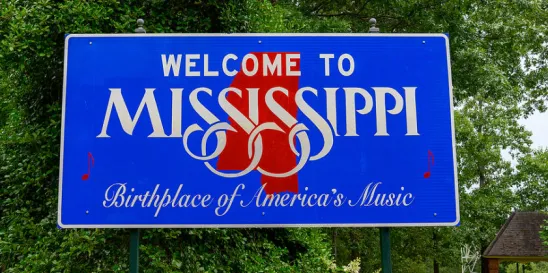Contractors know when they bid a public job that it’s the lowest and best bidder that will ultimately come out on top. Contractors and public bodies also know that when a public body rejects the lowest bid, it needs to explain why the low bidder isn’t the best bidder. But in a recent twist, the Mississippi Court of Appeals has taken that old notion a step further: A public body must also explain why the selected bidder is the best bidder.
In the consolidated cases of J&A Excavation v. City of Ellisville and J&A v. Jones County, the Mississippi Court of Appeals considered two bid protests from J&A, a dirt contractor. J&A had been the low bidder on two jobs, one in Ellisville, and one in Jones County. The second lowest bidder was TM Productions. Both jobs were funded in part by the National Resource Conservation Service (NRCS).
A local engineer served as project engineer on both projects. He contacted a representative of the NRCS and inquired about J&A’s reputation but didn’t ask about TM’s reputation. The NRCS representative expressed that J&A hadn’t met the NRCS’s standards on other jobs. The project engineer promptly recommended to the City Board of Aldermen and the County Board of Supervisors that J&A’s bid be rejected on both jobs because of the NRCS’s opinion. Both boards rejected J&A’s bids on their minutes and offered a single explanation: J&A’s bids were rejected because of the NRCS’s poor opinion of J&A’s past performance.
J&A appealed to the local circuit court, which affirmed the decisions of both boards based on “substantial evidence” from the NRCS. J&A then appealed to the Mississippi Court of Appeals.
The Mississippi Court of Appeals began by explaining that a public body was entitled to pick the lowest and best bidder by considering “factors such as the bidder’s honesty and integrity, the bidder’s skill and business judgment, the bidder’s experience and facilities for carrying out the contract, the bidder’s conduct under previous contracts, and the quality of work previously done by the bidder.” When it rejected the lowest bid, though, it had to “provide some explanation as to why it did not accept the lowest bid.” But Mississippi law further required the board to “place on its minutes detailed calculations and narrative summary showing that the accepted bid was determined to be the lowest and best bid.”
The Mississippi Court of Appeals concluded that the city and county boards hadn’t complied with Mississippi law because it only talked about the “bad”: It didn’t pick J&A because of the NRCS’s opinion. But the boards failed to say anything about why TM was “good” — much less why it was “better” than J&A’s bid. Without “something in the record to show that TM was the best bidder,” the boards’ two decisions couldn’t stand. The court then sent the case back to the lower court for a determination of whether the boards must accept J&A’s bids, rebid the jobs, or give damages to J&A. The court’s opinion is a reminder that public bidding laws typically require strict compliance. The court admitted that the two boards “attempted to comply with the statutory requirement[s]” — but that wasn’t enough. General contractors bidding on public jobs should be aware that public bodies have to explain the good and the bad on their minutes accepting and rejecting bids. Anything less and it’s bound to get ugly.





 />i
/>i

